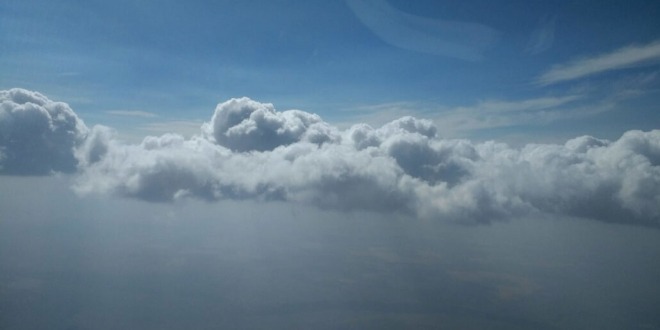Smoke from wildfires in the western United States slams against clouds, pelting them with small airborne particles. What happens next with these clouds has mostly remained a mystery. During the 2018 wildfire season, however, researchers flew seven research flights, including one across the Pacific Northwest, to help close the gap.
The scientists discovered that small cumulus clouds harmed by the smoke contained five times as many water droplets on average as unaffected clouds using aerial equipment. It’s well known that organic and inorganic particles in smoke can function as small nuclei for producing droplets (SN: 12/15/20), thus this came as no surprise. The sheer number of droplets in the damaged clouds, on the other hand, shocked the crew.
Surprisingly, the large number of droplets had no effect on the clouds’ ability to create rain. In fact, the exact reverse happened. Because the droplets were just half the size of those in a typical cloud, they were unlikely to hit and merge with enough other droplets to produce rain. The chances of rain were “essentially zero,” according to the researchers, who published their findings in Geophysical Research Letters in August.
According to recent research, wildfires in the United States West may cause clouds to produce less rain, worsening drought conditions and perhaps boosting future wildfire danger.
However, Cynthia Twohy points out that the environmental dynamics at play are complicated. She works as an atmospheric scientist with NorthWest Research Associates in San Diego, a Redmond, Wash.-based research firm specialized in geophysical and space sciences. Twohy and her colleagues discovered, for example, that “the ratio of light-absorbing to light-scattering particles in the smoke was somewhat lower than measured in several past studies,” according to her.
“The take-home message is that, while earlier studies have indicated that wildfire smoke has an absorbing (warming) effect that can be significant for cloud formation and growth, these impacts may be smaller in the western United States since the smoke is not as dark,” adds Twohy. The impact of the lighter smoke has yet to be determined. “It’s just another way smoke-cloud interactions in the region are a wild card.”
The researchers utilized onboard probes to collect samples of wildfire-affected clouds and compare them to their more pristine counterparts. The probes counted the number of cloud droplets in the samples, their size range, and the amount of liquid water in the clouds.
According to Robert Yokelson, an atmospheric scientist at the University of Montana in Missoula who was not involved with the project, a special tube mounted on the outside of the plane to collect and evaporate cloud droplets was used to “reveal the particles that the droplets were concentrated on.” The researchers were able to confirm what the initial smoke particles were made of using this method, which Yokelson describes as “neat.”

